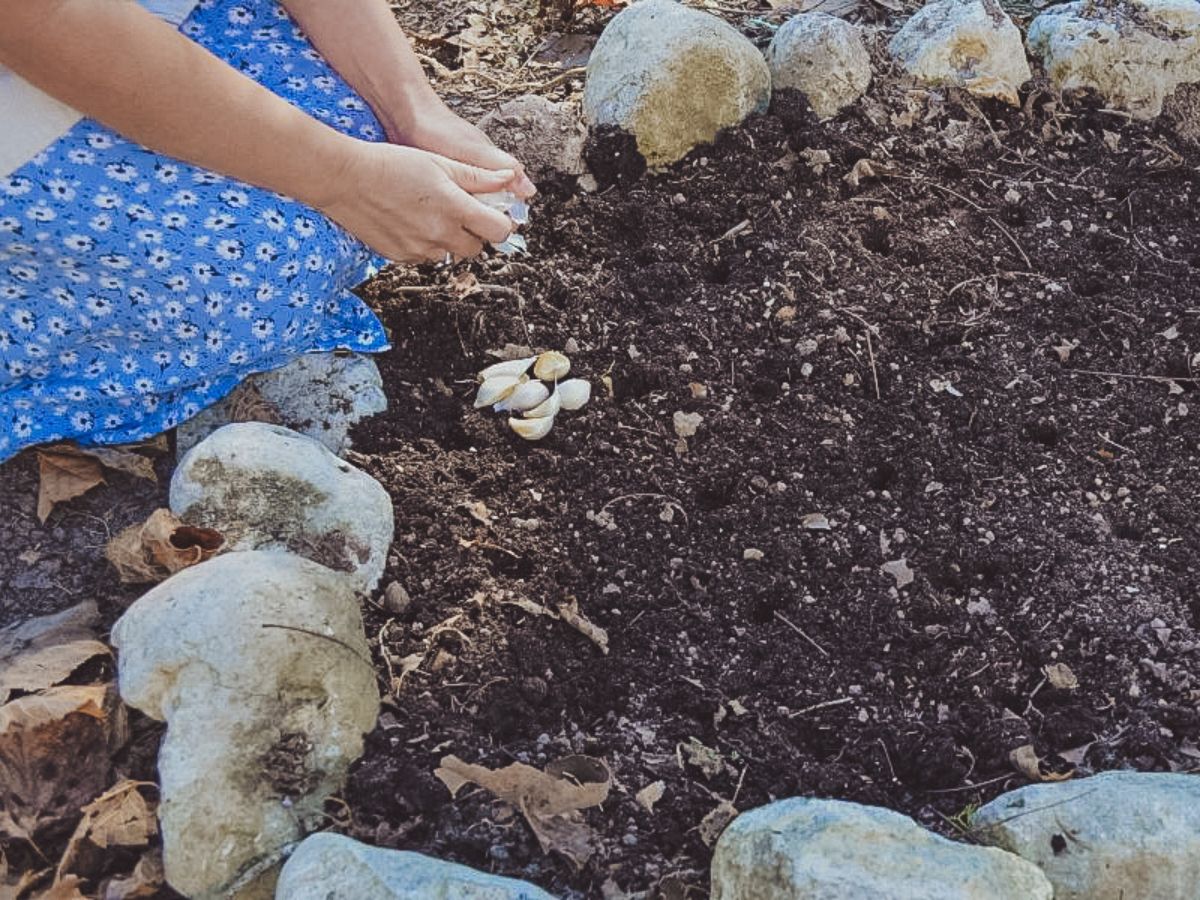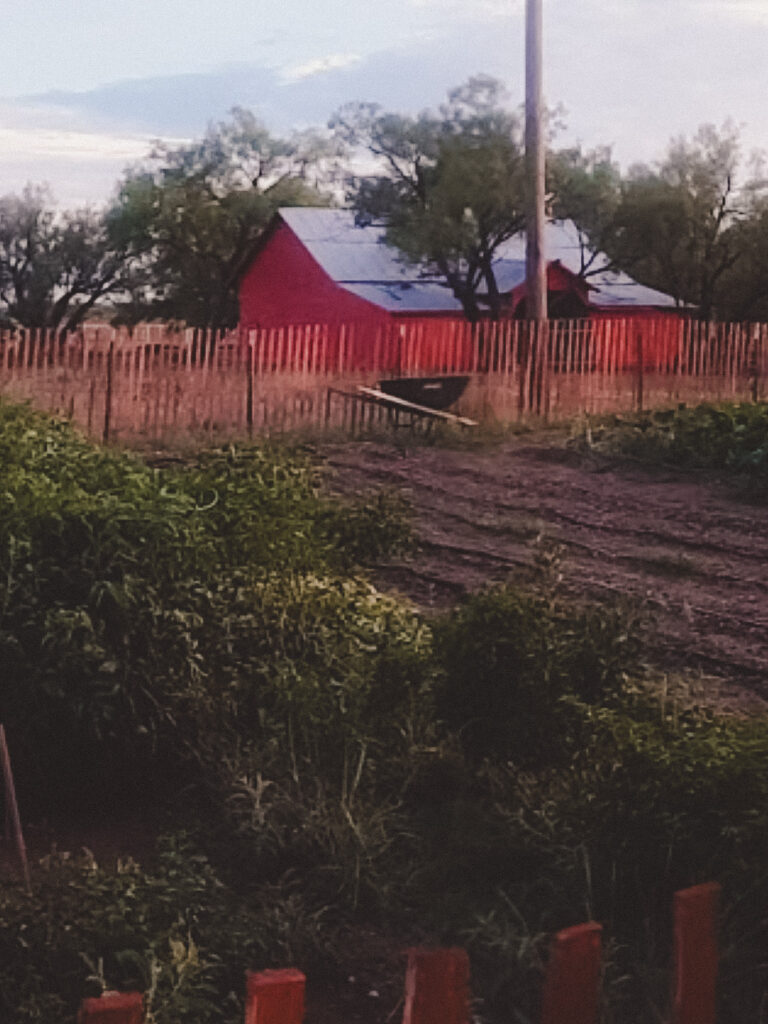It’s Time to Plant Garlic

Garlic is a basic staple in our home. Most of our meals include it. Because of this, and because it is so easy to grow, it’s a must have in our garden. And in our neck of the woods, mid October is the time to plant garlic.
Planting in the fall for a summer crop
Garlic is best planted in the fall about 6 weeks before the first frost. This gives it time to develop roots before freezing temperatures set in. Allowing the garlic to root, then lay dormant throughout the winter season, helps it to burst to life come spring and put on growth quickly before the summer heat arrives.
Seed garlic can be purchased at hardware stores and through seed catalogs, but I have also had success with planting garlic bought from the grocery store’s produce department. When doing so, I make sure to buy organic garlic so I know it hasn’t been sprayed with any growth inhibitors. If you plan on growing large quantities for long-term storage, I recommend purchasing a seed garlic variety known for its longer storage life.
Even a small bed can produce a large amount of garlic. Planting garlic in a grid pattern provides plenty of room for growth without taking up too much space. But, if you prefer, you can also plant in rows
How to plant garlic
- Choose a sunny plot where you would like to plant your garlic. Prepare the ground by breaking up the soil and mixing in a rich compost. Be sure to remove any grass or weeds.
- Using your finger, poke small holes in the soil in a grid pattern with about 4 inches of spacing to serve as a guide for planting. Alternatively, you can use a piece of lattice or a wire livestock panel placed on the bed and plant in the center of each square, then remove the panel. If you are planting a larger variety, like elephant garlic, you will need a bit more spacing.
- Carefully break apart the garlic bulbs you are using for seed. Be careful not to remove the paper skin on the cloves. Choose large plump cloves for planting.
- Press the cloves down into the soil, leaving the pointed end up and just above the surface of the ground. Cover the cloves with soil if needed but don’t cover the tips.
- Lightly spray the bed with water. If you are in an area where you have hard freezes, mulch with straw or leaves to help with proper overwintering. After the threat of frost you can, remove the mulch.
- Keep your bed weed free and water weekly until the cold winter months begin. There’s no need to water regularly during the dormant season.
Some people may be discouraged by the length of time between planting and harvest, but don’t be discouraged. With a little planning and minimal effort, you can look forward to home grown garlic in the meals you prepare for your family. So grab your garden tools and get your hands in the dirt!
To get a copy of my free garden planner, hop over to my guide to keeping a garden! You’ll also find some other helpful recourses there. Happy gardening!
Pin it for later:

